Product Supply Proposal Samples
-
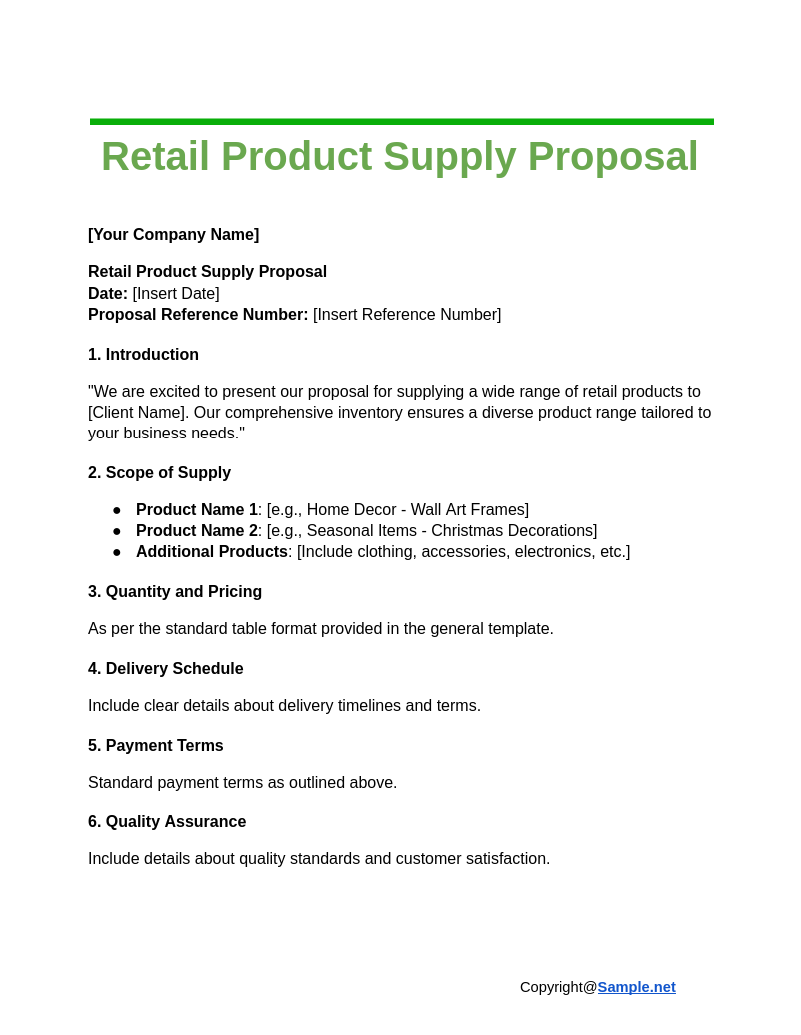
Retail Product Supply Proposal
download now -
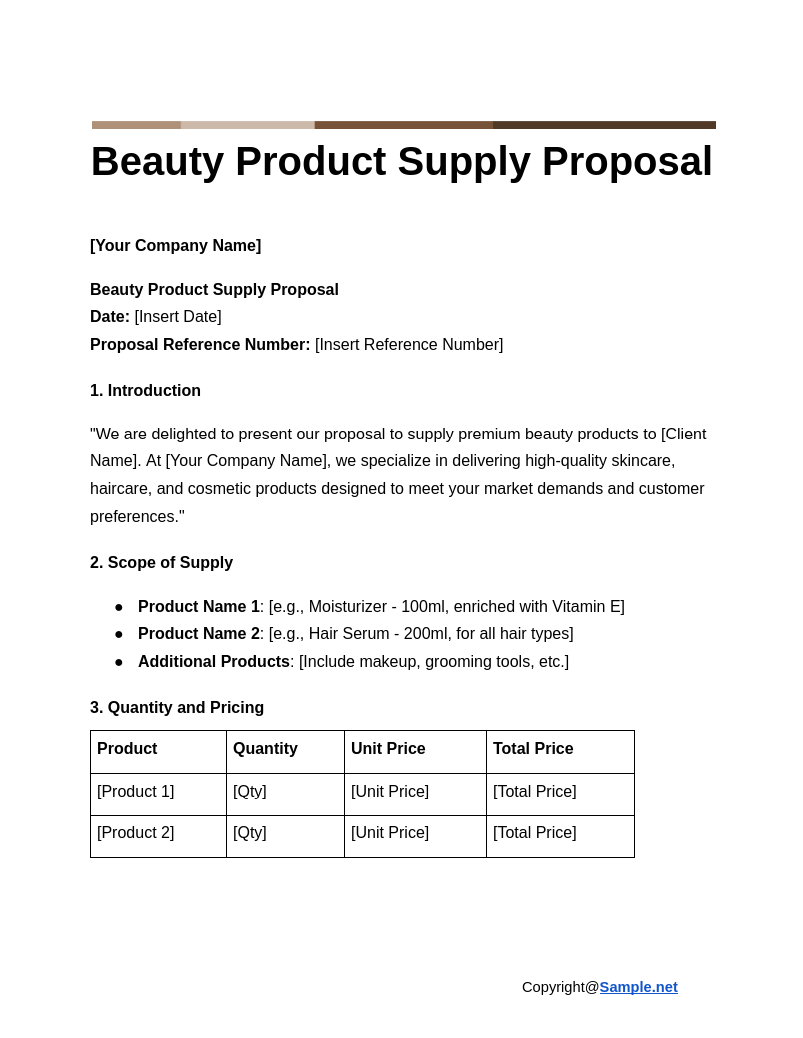
Beauty Product Supply Proposal
download now -
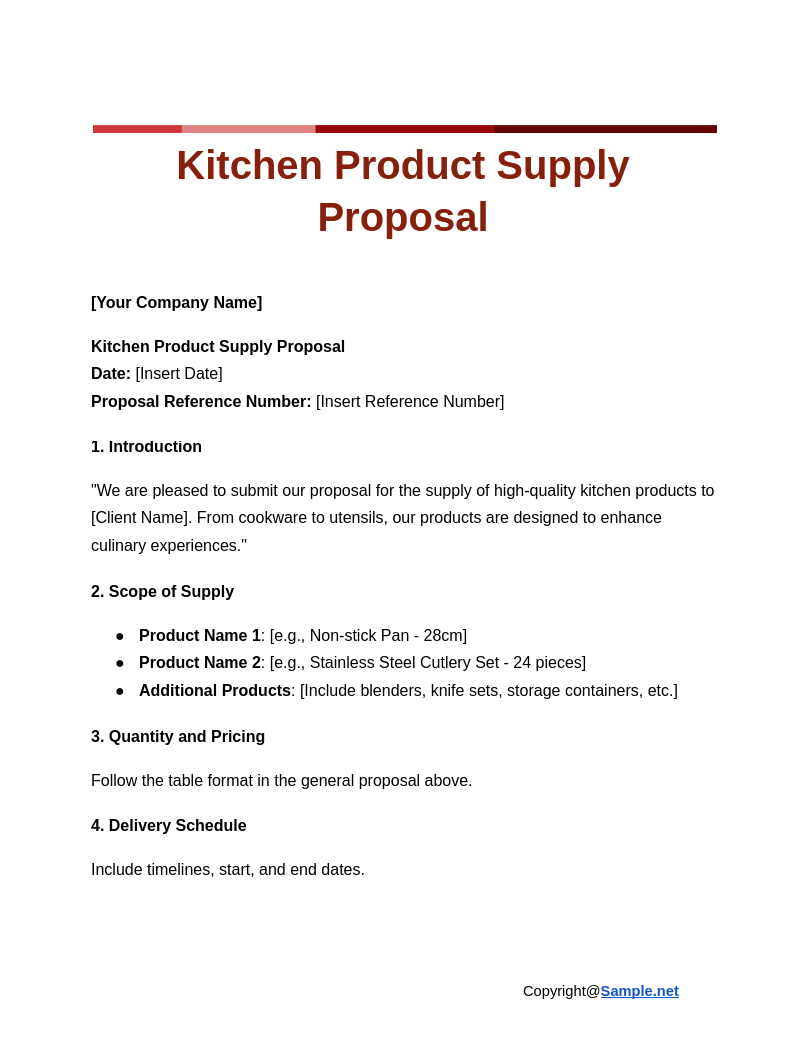
Kitchen Product Supply Proposal
download now -
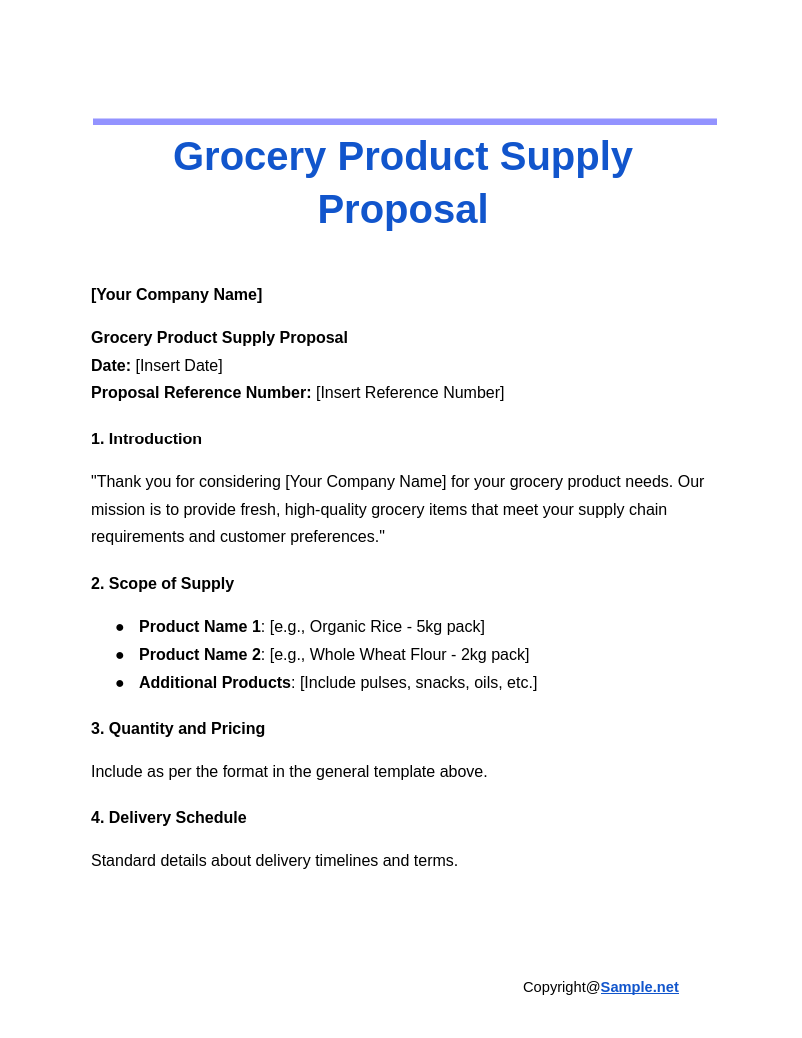
Grocery Product Supply Proposal
download now -
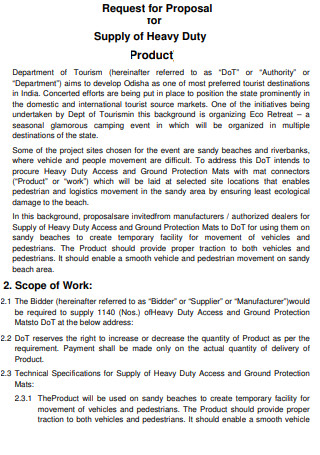
Heavy Duty Product Supply Proposal
download now -

Sustainable Supply Chain Product Proposal
download now -
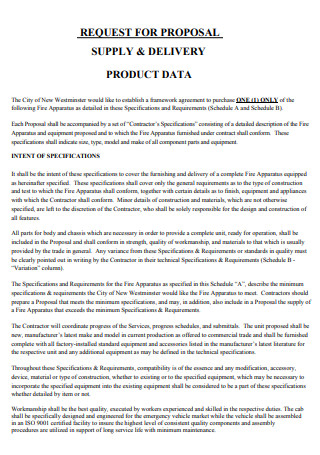
Product Data Supply Proposal
download now -
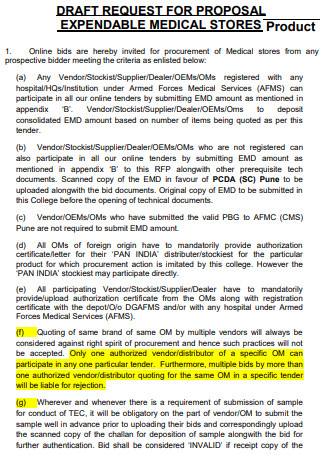
Medical Product Supply Proposal
download now -
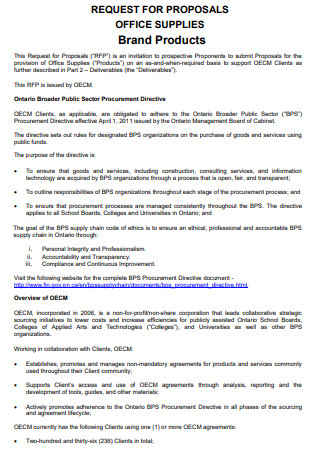
Brand Product Supply Proposal
download now -
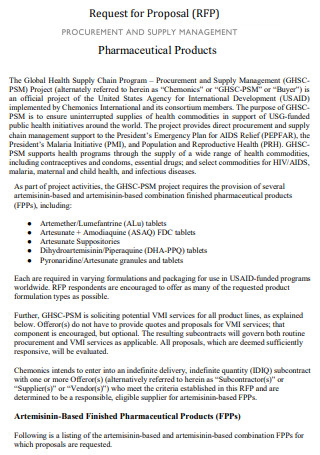
Product Supply Management Proposal
download now -
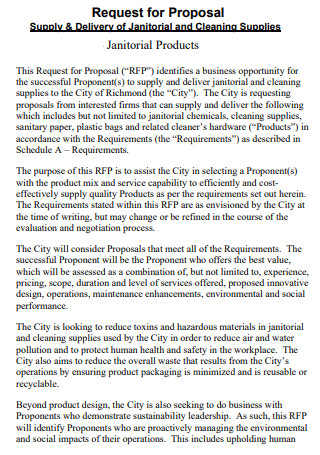
Janitorial Product Supply Proposal
download now -
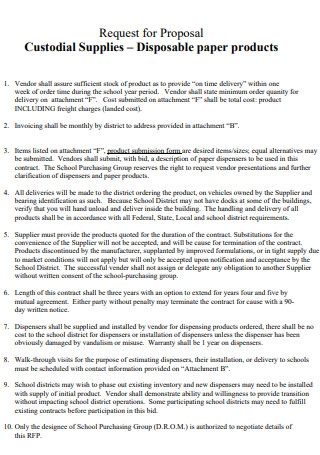
Paper Product Supply Proposal
download now -
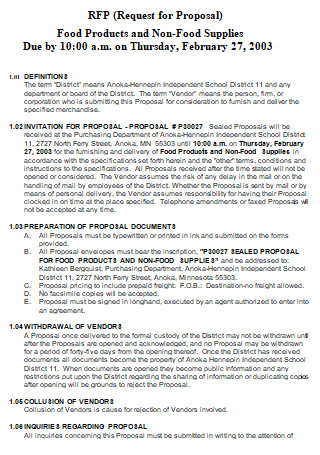
Food Product Supply Proposal
download now -
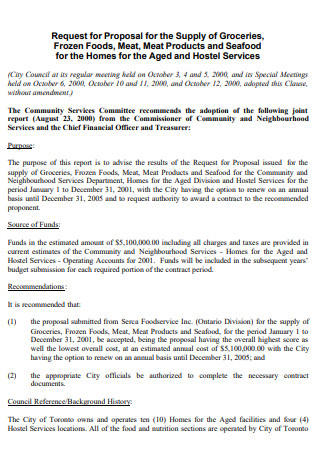
Meat Product Supply Proposal
download now -
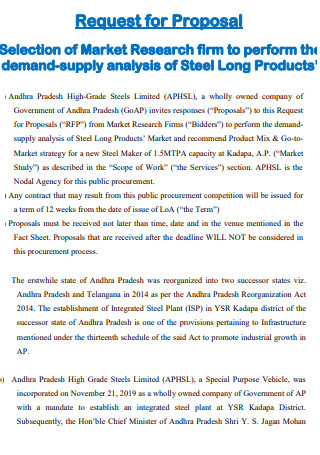
Product Demand Supply Proposal
download now -
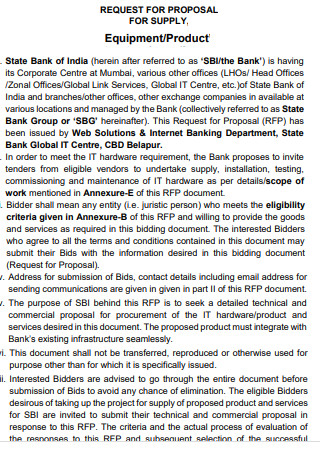
Equipment Product Supply Proposal
download now -
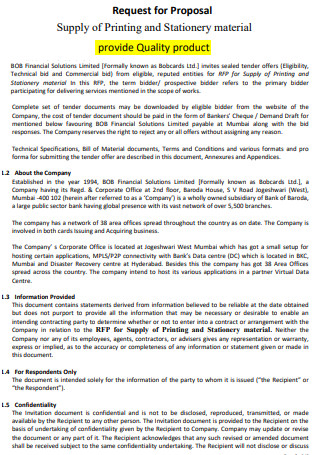
Product Supply of Printing Proposal
download now -
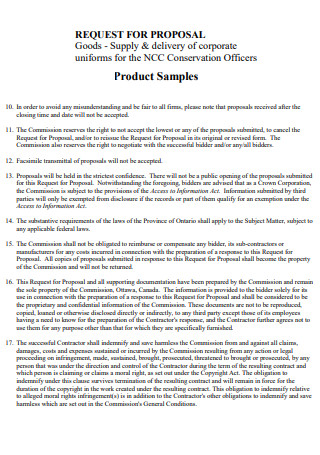
Product Supply And Delivery Proposal
download now -
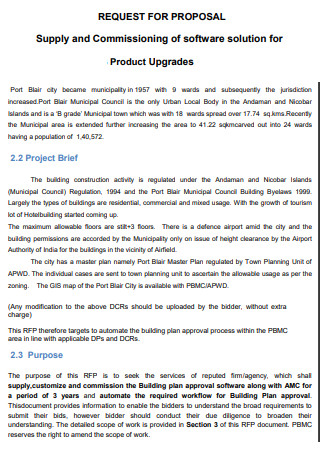
Upgrade Product Supply Proposal
download now -
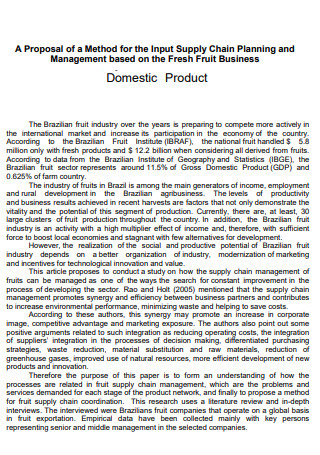
Product Input Supply Chain Proposal
download now -

Product Supply Paper Goods Proposal
download now -
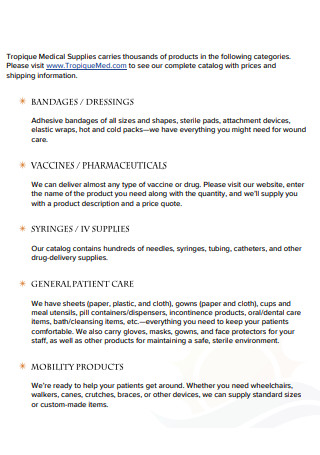
Sample Medical Product Supply Proposal
download now -
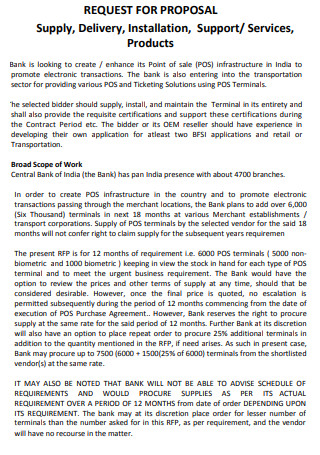
Product Supply And Installation Proposal
download now -
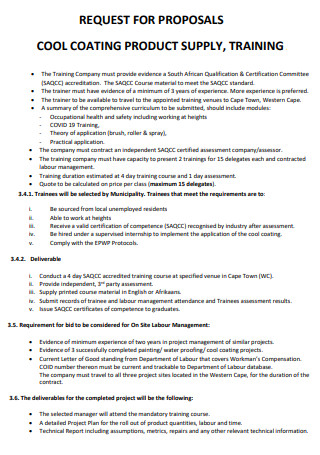
Excellent Coating Product Supply Proposal
download now -

Simple Product Supply Proposal
download now -
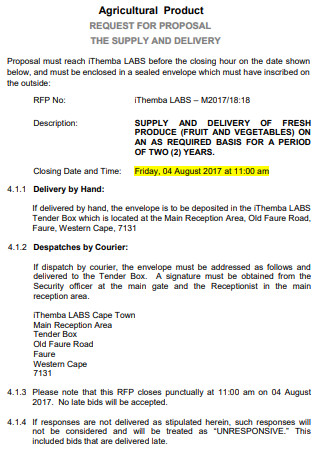
Agricultural Product Supply Proposal
download now -
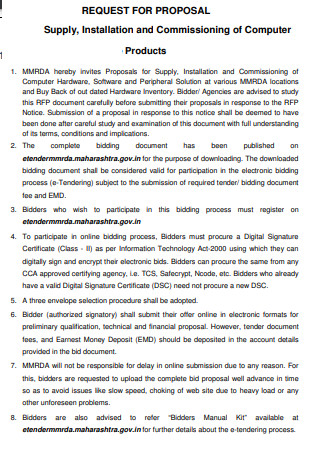
Standard Product Supply Proposal
download now -
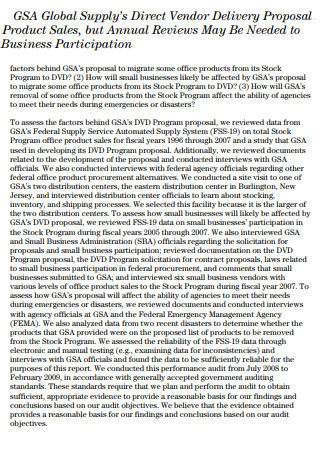
Global Product Supply Proposal
download now -
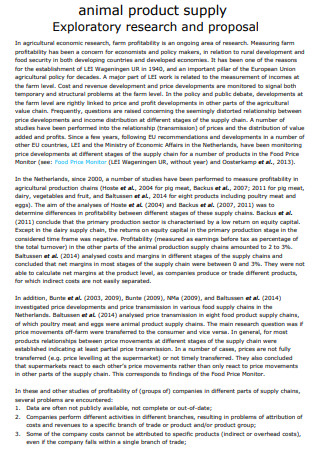
Animal Product Supply Proposal
download now -
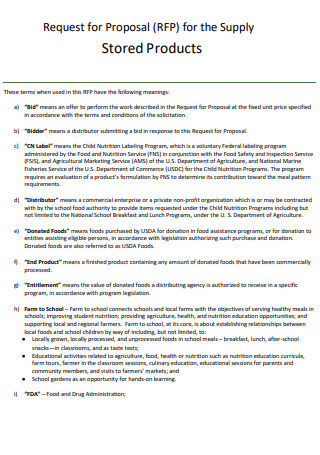
Stored Product Supply Proposal
download now -
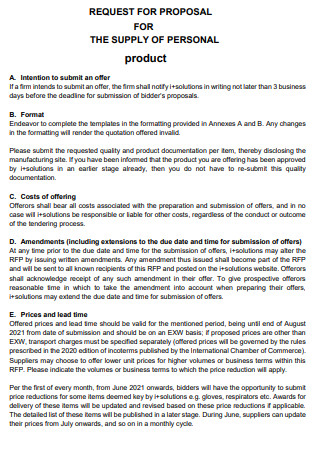
Medicinal Product Supply Proposal
download now -

Product Supply Chain Proposal
download now -
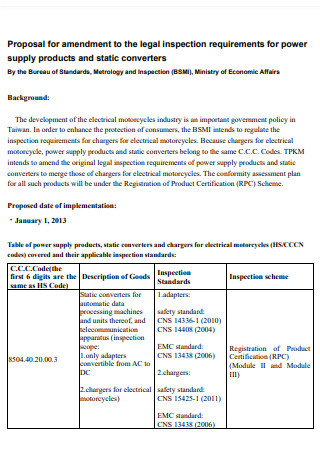
Product Supply Power Proposal
download now
FREE Product Supply Proposal s to Download
Product Supply Proposal Format
Product Supply Proposal Samples
a Product Supply Proposal?
Purposes of a Product Supply Proposal
How to Create a Product Supply Proposal
FAQs
How should a proposal be formatted?
What is the definition of product supply management?
What does the term “supply” mean in business?
Who uses Product Supply Proposals?
What should be included in the pricing section of the proposal?
What legal terms should be included in a Product Supply Proposal?
How can suppliers make their proposals more appealing?
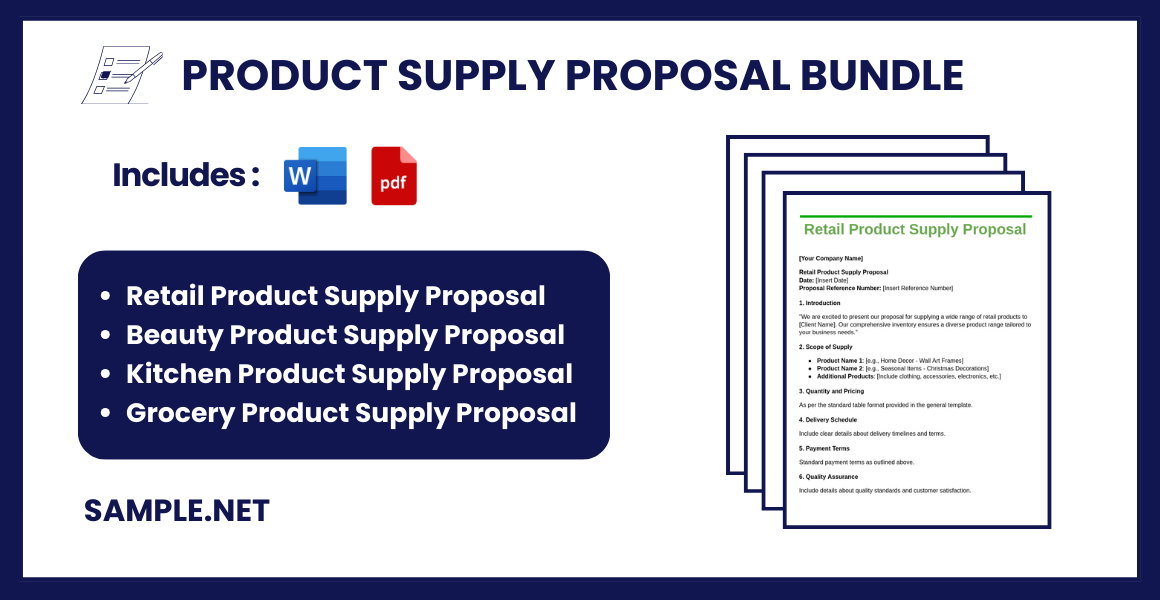
Download Product Supply Proposal Bundle
Product Supply Proposal Format
[Your Company Name]
Product Supply Proposal
Date: [Insert Date]
Proposal Reference Number: [Insert Reference Number]
1. Introduction
Provide a brief introduction to your company, the purpose of the proposal, and how it aligns with the client’s needs.
Example:
“We are pleased to present our proposal for the supply of [Product Name(s)] to [Client Name]. At [Your Company Name], we are committed to delivering high-quality products with exceptional service tailored to your requirements.”
2. Scope of Supply
Detail the products and specifications being offered:
- Product Name 1: [Description, specifications, sizes, etc.]
- Product Name 2: [Description, specifications, sizes, etc.]
- Additional Products (if any)
3. Quantity and Pricing
Provide detailed pricing and quantity breakdowns:
| Product | Quantity | Unit Price | Total Price |
|---|---|---|---|
| [Product 1] | [Qty] | [Unit Price] | [Total Price] |
| [Product 2] | [Qty] | [Unit Price] | [Total Price] |
- Discounts: [Mention if applicable]
- Taxes: [Include tax details]
- Total Price: [Insert Grand Total]
4. Delivery Schedule
Outline the expected delivery timelines and methods:
- Start Date: [Insert Date]
- Completion Date: [Insert Date]
- Delivery Location: [Insert Location]
- Shipping Terms: [Ex: FOB, CIF, etc.]
5. Payment Terms
Provide details of the payment terms:
- Payment Method: [Ex: Bank Transfer, Credit Card, etc.]
- Payment Schedule: [Ex: 50% upfront, 50% upon delivery]
- Late Payment Penalties: [If applicable]
6. Quality Assurance
Explain your quality standards and assurance processes:
“We ensure that all products supplied meet [Quality Standards, e.g., ISO Certification]. Each product is inspected to ensure compliance with specifications and your satisfaction.”
7. Terms and Conditions
Include key terms of the proposal:
- Validity of the Proposal: [Insert Validity Period]
- Cancellation Policy: [Insert Details]
- Liability: [Insert Details]
8. Contact Information
Provide clear contact details for questions or clarifications:
- Name: [Contact Person’s Name]
- Email: [Contact Email]
- Phone: [Contact Phone]
- Address: [Your Address]
9. Authorization and Acceptance
Include a signature block for both parties:
Authorized by [Your Company Name]:
Name: ______________________
Title: ______________________
Signature: __________________
Date: ______________________
Accepted by [Client Name]:
Name: ______________________
Title: ______________________
Signature: __________________
Date: ______________________
What is a Product Supply Proposal?
A Product Supply Proposal is a formal document used to propose the supply of specific goods to a buyer. It includes essential details such as product specifications, quantity, pricing, delivery timelines, and terms of payment. This document is typically used in procurement processes to initiate or formalize agreements between suppliers and buyers. The goal is to ensure clarity, prevent misunderstandings, and establish a framework for successful collaboration. You can also see more on Product Supply Contract.
Purposes of a Product Supply Proposal
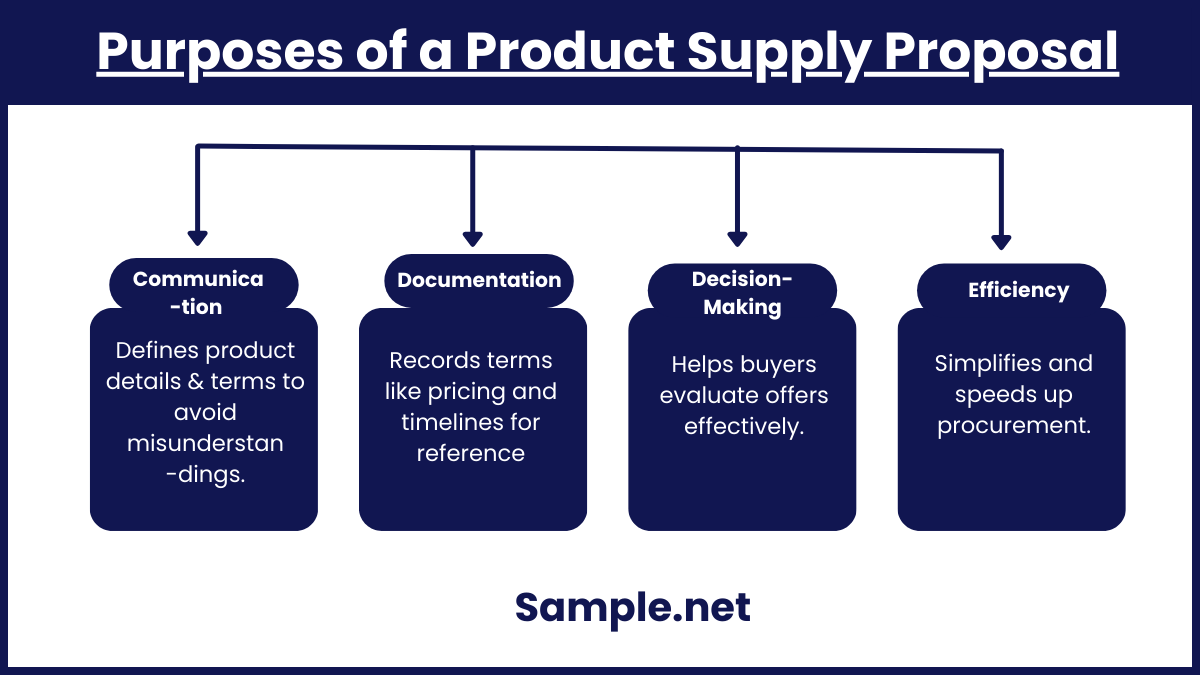
1. Clear Communication
A Product Supply Proposal ensures all details about the product, terms, and conditions are clearly communicated. This minimizes misunderstandings and sets proper expectations between the supplier and buyer.
2. Documentation
It serves as an official record of the agreed terms, including product specifications, pricing, and timelines. This documentation reduces disputes and provides a reference for both parties. You can also see more on New Product Proposal.
3. Decision-Making
The proposal provides buyers with the necessary details to evaluate supplier offers. This helps them make informed decisions based on quality, price, and delivery terms.
4. Efficiency
By standardizing communication and including all necessary details, the proposal streamlines the procurement process. It saves time and ensures a smoother workflow for both parties. You can also see more on Product Price Proposal.
How to Create a Product Supply Proposal

Step 1: Identify Buyer Needs
Understand the buyer’s requirements thoroughly. Conduct meetings or consultations to gather detailed information about the type of product, quantity, quality standards, and delivery expectations. Once you have a clear understanding, outline the needs in your proposal.
Step 2: Outline Product Specifications
Provide detailed descriptions of the product(s) to be supplied. Include dimensions, materials, manufacturing standards, and any certifications. These details will set clear expectations and reduce confusion. You can also see more on Equipment Sales Proposal.
Step 3: Define Pricing and Payment Terms
Specify the pricing structure, discounts (if any), and payment terms. Include options for payment methods and deadlines. Be transparent about additional costs, such as shipping or taxes.
Step 4: Detail the Delivery Plan
Describe how and when the products will be delivered. Include timelines, logistics plans, and packaging details. Mention any tracking options or guarantees for delivery accuracy. You can also see more on Food Supply Proposal.
Step 5: Include Terms and Conditions
Summarize legal terms such as cancellation policies, warranties, and liabilities. Add a signature section to formalize acceptance by both parties.
A Product Supply Proposal is more than a formality; it is the foundation of a reliable business partnership. It ensures transparency, mitigates risks, and establishes a mutually beneficial framework. By crafting a professional proposal tailored to client needs, businesses can build trust, secure deals, and enhance operational efficiency. Clarity and detail are paramount to creating a compelling and effective proposal. You can also see more on Manufacturing Proposals.
FAQs
How should a proposal be formatted?
As you can see, a proposal generally includes the following components: Introduction: A brief report of the problem, solution, associated expenses, and advantages. The primary definition of the topic consists of its subject, purpose, central argument, context, and significance.
What is the definition of product supply management?
Supply chain management monitors all processes that enable suppliers to collaborate efficiently to bring a product from conception to the client’s hands while taking supply and demand into account along the route.
What does the term “supply” mean in business?
Business supplies are purchased and often depleted over the year. The most frequently bought business supplies are office supplies, including staplers, sticky notes, highlighter pens, and supplies for copier, printer, and other office machinery. You can also see more on Vendor Partnership Proposal.
Who uses Product Supply Proposals?
Businesses, manufacturers, and suppliers use them to propose terms to buyers or procurement teams.
What should be included in the pricing section of the proposal?
The pricing section should include unit prices, total costs, applicable discounts, taxes, shipping fees, and payment schedules for transparency and accuracy. You can also see more on Product Cost Proposal.
What legal terms should be included in a Product Supply Proposal?
Include terms about warranties, liabilities, cancellation policies, dispute resolution mechanisms, and compliance with regulations to protect both parties.
How can suppliers make their proposals more appealing?
Suppliers can make their proposals stand out by offering competitive pricing, flexible delivery options, and value-added services such as warranties or bulk order discounts. You can also see more on Price Proposal.
